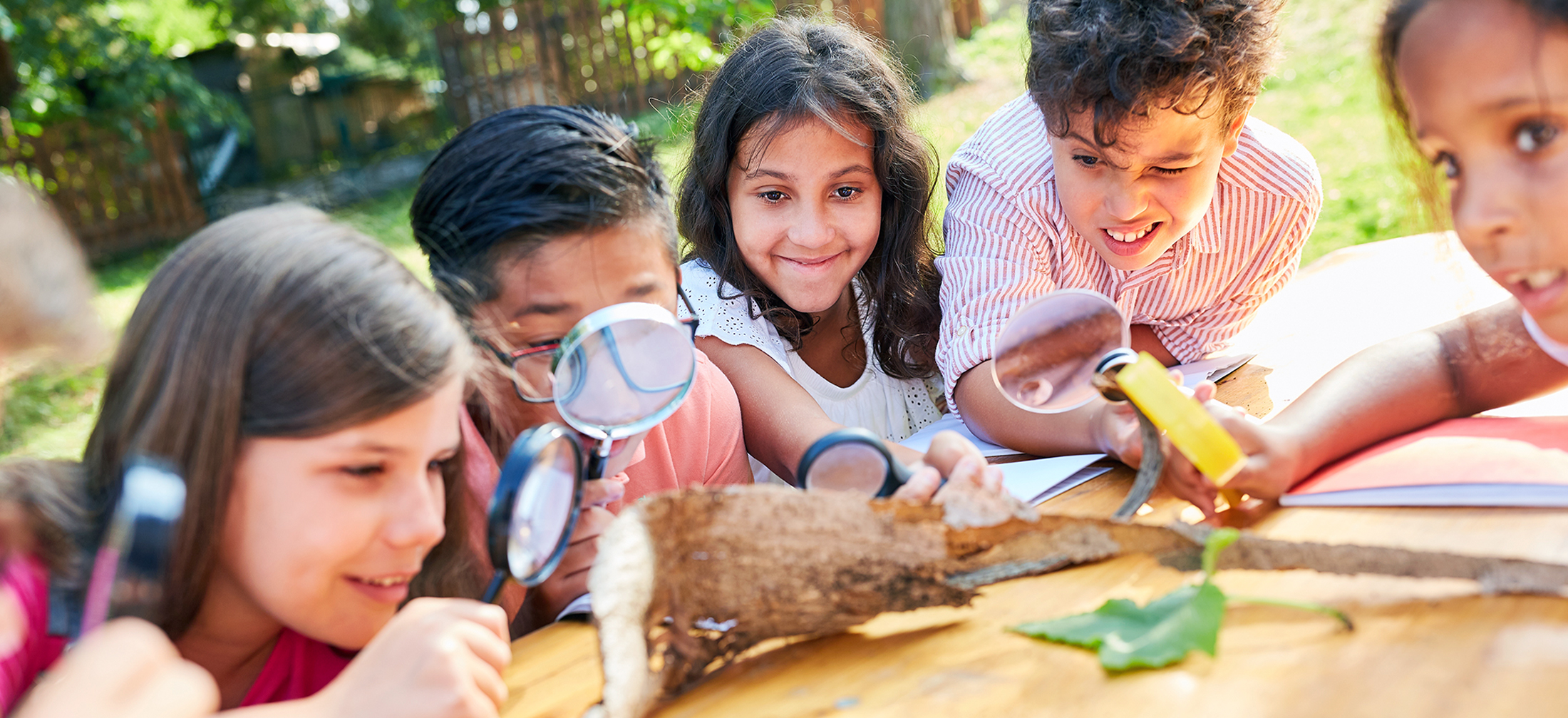
K–12 and higher education are noticeably different structurally, operationally, fiscally, and in their governance. However, to achieve arguably their most fundamental, complementary purposes—development of an informed citizenry and talented workforce—they require interdependence and collaboration. Mutually beneficial partnerships, driven by needs both internal and external, have led to dual enrollment, internships, apprenticeships, college credential attainment, and easier high-school-to-college transitions. Today, K–20 education faces another round of challenges and opportunities for collaboration to address them. An example of this? Non-classroom-based K–12 learning.
Social distancing measures taken to slow COVID-19 spread unexpectedly thrust almost all K–12 systems around the globe into remote teaching and learning—a less commonly used academic model at the K–12 level prior to the pandemic. Yet, a similar pivot occurred years earlier in the mid-1990s when higher education—mostly the private institutions at the time—began focusing on the development of distance education, now a standard part of many students’ college experiences.
Decades of resources, best practices, and infrastructure developed by higher education institutions have gone largely untapped by K–12, as have cooperative partnerships. However, to do so would almost inevitably lead to improved K–12 distance learning as well as the sharing of instruction, tools, and other resources across both systems. To begin instituting these partnerships, educators and policymakers may want to begin by reviewing Best Practices for Distance Education in K–12 in light of higher education’s Interregional Guidelines for the Evaluation of Distance Education. The comparison reveals a list of elements policymakers or K–12 leaders can use to spark ideas or discussion with higher education partners as they plan to incorporate longer-term use of remote and/or blended learning:
- Onboarding that prepares students to learn online and allows parents tools to monitor student progress.
- Automated writing feedback and game-based assessments to measure critical skills.
- Student services that include easily accessible tutoring.
- Professional development and online tutorials for teachers and students.
- Auto-generated text analysis to minimize reliance on multiple-choice assessments in favor of writing or other forms of teaching and learning.
Excitingly, though daunting, current disruptive events—from pandemic to racial tensions—are giving rise to further opportunities for partnership. Imagine the potential impacts of strengthening commitments to collaboration in the areas of career and technical education, workforce development, and evidence-based research projects. In doing so, we simultaneously could strengthen educational infrastructures and further demonstrate the value of education systems while creating exceptional educational experiences for all students. Now more than ever is the time to create and nurture educational partnerships that leverage thought leadership and various resources to positively impact our current and future social fabric.



